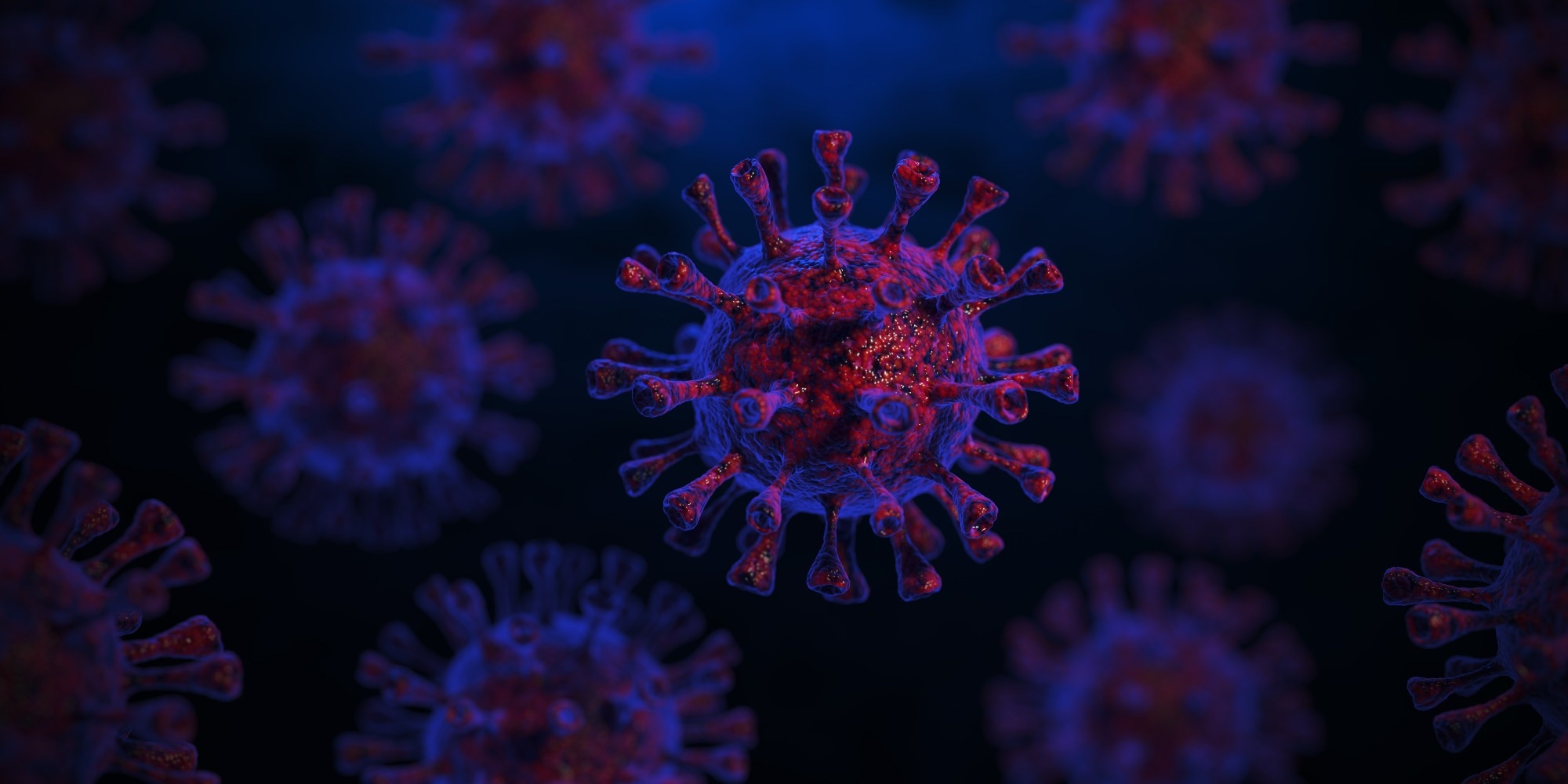In a recent study posted to the medRxiv* preprint server, researchers presented a novel framework for severe acute respiratory syndrome coronavirus 2 (SARS-CoV-2) genomic surveillance based on case studies from New York (NY), the United States (US) and the United Kingdom (UK).
 Study: Rapid threat detection in SARS-CoV-2. Image Credit: SWKStock/Shutterstock
Study: Rapid threat detection in SARS-CoV-2. Image Credit: SWKStock/Shutterstock

 *Important notice: medRxiv publishes preliminary scientific reports that are not peer-reviewed and, therefore, should not be regarded as conclusive, guide clinical practice/health-related behavior, or treated as established information.
*Important notice: medRxiv publishes preliminary scientific reports that are not peer-reviewed and, therefore, should not be regarded as conclusive, guide clinical practice/health-related behavior, or treated as established information.
SARS-CoV-2 has exhibited significantly higher transmissibility due to the continual evolution of the SARS-CoV-2 spike (S) protein that mediates binding interactions between SARS-CoV-2 S and hACE2 (human angiotensin-converting enzyme 2) and thus, the efficiency of host invasion by SARS-CoV-2. SARS-CoV-2 S mutations not only affect viral transmission but also increase chances of reinfections, raising concerns regarding the efficacy of coronavirus disease 2019 (COVID-19) vaccines.
About the study
In the present study, researchers developed a SARS-CoV-2 genomic surveillance framework based on New York, UK and US case studies and data obtained from the global initiative on sharing all influenza data (GISAID) database.
The framework was based on genomic co-evolutionary sites as building blocks instead of genomic sequences and considered the relations among multiple sequence alignment (MSA) columns wherein every column represented a genetic locus or site. MSA was considered to be irreducible and exhibited a motif complex representative of co-evolutionary relationships among different genomic sites such that if several sites were linked, concomitant mutations would occur at all sites; however, the linkage would be preserved.
The linkage between the Omicron motif-based (M) variant (OmicronM) with BA.1M mutations and Omicron phylogeny-based (P) variant (OmicronP) with BA.1P mutations on SARS-CoV-2 S were assessed when the framework triggered an alert (in the initial week of December 2021). In addition, the linkages of sites in DeltaM, BA.2M, BA.4M and BA.5M when their corresponding motif-based alerts were assessed.
Motif complex differentials (D) were analyzed to improve understanding of the relational structures of MSA evolution. Alerts were issued only in case of adequately large D values and the presence of critical clusters (persistent clusters with entropy increases >0.35), and a variant was considered as a key variant if the variant constituted >50% of the population at a particular location.
The surveillance framework was applied prospectively and retrospectively. The retrospective analysis was based on data of SARS-CoV-2 sequences obtained from the UK (during Delta and Alpha variants’ emergence) and the US (during Omicron and Omicron BA.2 variants’ emergence). For the analysis, SARS-CoV-2 prevalence was known, and threats could be mapped.
For the prospective analysis, NY data about the emergence of Omicron BA.2.12/Omicron BA.2.12.1 and Omicron BA.4/BA.5 were analyzed, and all SARS-CoV-2 threats could not be mapped and were, therefore, considered unknown. The surveillance was validated by testing for SARS-CoV-2 populations at several temporal and spatial scales: city, state, country, and three-day, weekly and monthly.
Results
The framework issued GISAID data- and motif-based alerts on 16 May 2022 relating to a co-evolving site cluster comprising several genomic sites (n=7) that mapped to Omicron BA.5, of which, one site encoded the D3N mutation on the SARS-CoV-2 membrane (M) protein, three sites encoded the ORF6:D61L mutation and three sites encoded A27259C, C27889T and C26858T mutations.
When a novel insight was obtained and projected as sequences, the cluster separated into two, mutually exclusive blocks (nuc:C27889T, m:D3N) comprising co-evolving regions linked to reverse amino acid substitutions such as ORF6:D61L,nuc:A27259C, nuc:C26858T. The framework issued timely alerts based on the emergence and disappearance of SARS-CoV-2 variants with accuracies of 99%, 89%, and 100% for the New York, the UK, and the USA case studies, respectively, and >85% overall accuracy.
In the case studies, the team observed that the co-evolving sites contained in critical clusters almost always exhibited either reverse mutations or exclusive mutations. OmicronM represented a unique critical cluster of 55 co-evolutionary sites exhibiting OmicronP mutations (n=30), BA.1P mutations (n=13), and DeltaP (n=13) reverse mutations. The cluster expanded in the subsequent week to contain 68 co-evolutionary sites comprising all sites that exhibited BA.1P mutations.
SARS-CoV-2 variants that triggered alerts exhibited linked, reverse mutations in their underlying critical clusters except BA.2.12. Further, BA.5 did not differ from BA.4 in SARS-CoV-2 S mutations, although BA.5 exhibited a critical cluster irrespective of any SARS-CoV-2 S mutations and involved a distinct SARS-CoV-2 M mutation. The alerts issued by the surveillance system were specific but consistent across several geographical regions and were robust for multiple parameter choices.
Overall, the study findings highlighted the accuracy of the novel framework for SARS-CoV-2 surveillance in issuing motif-based and real-time alerts regarding the emergence and disappearance of key SARS-CoV-2 variants. The critical clusters triggering the alerts could detect variant mutations, and the variants were characterized by linking mutations deviating from the SARS-CoV-2 wild-type (WT) strain and reverse mutations.

 *Important notice: medRxiv publishes preliminary scientific reports that are not peer-reviewed and, therefore, should not be regarded as conclusive, guide clinical practice/health-related behavior, or treated as established information.
*Important notice: medRxiv publishes preliminary scientific reports that are not peer-reviewed and, therefore, should not be regarded as conclusive, guide clinical practice/health-related behavior, or treated as established information.